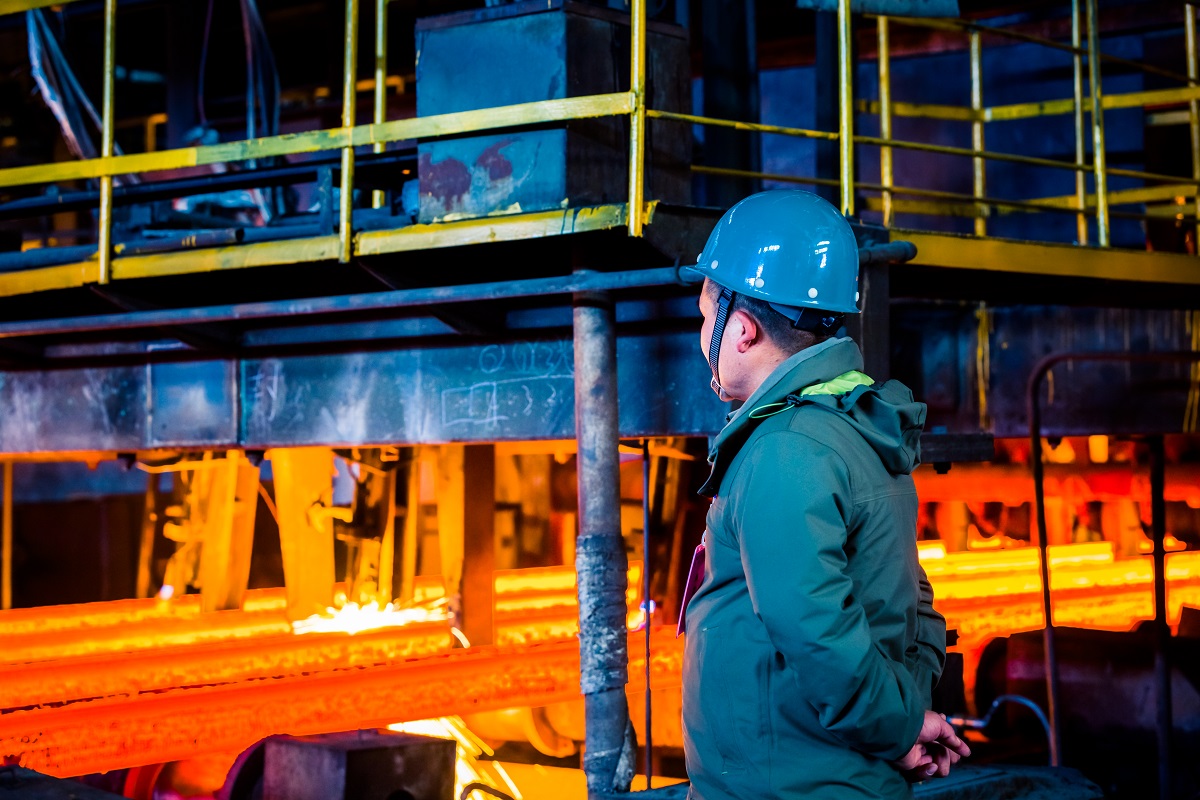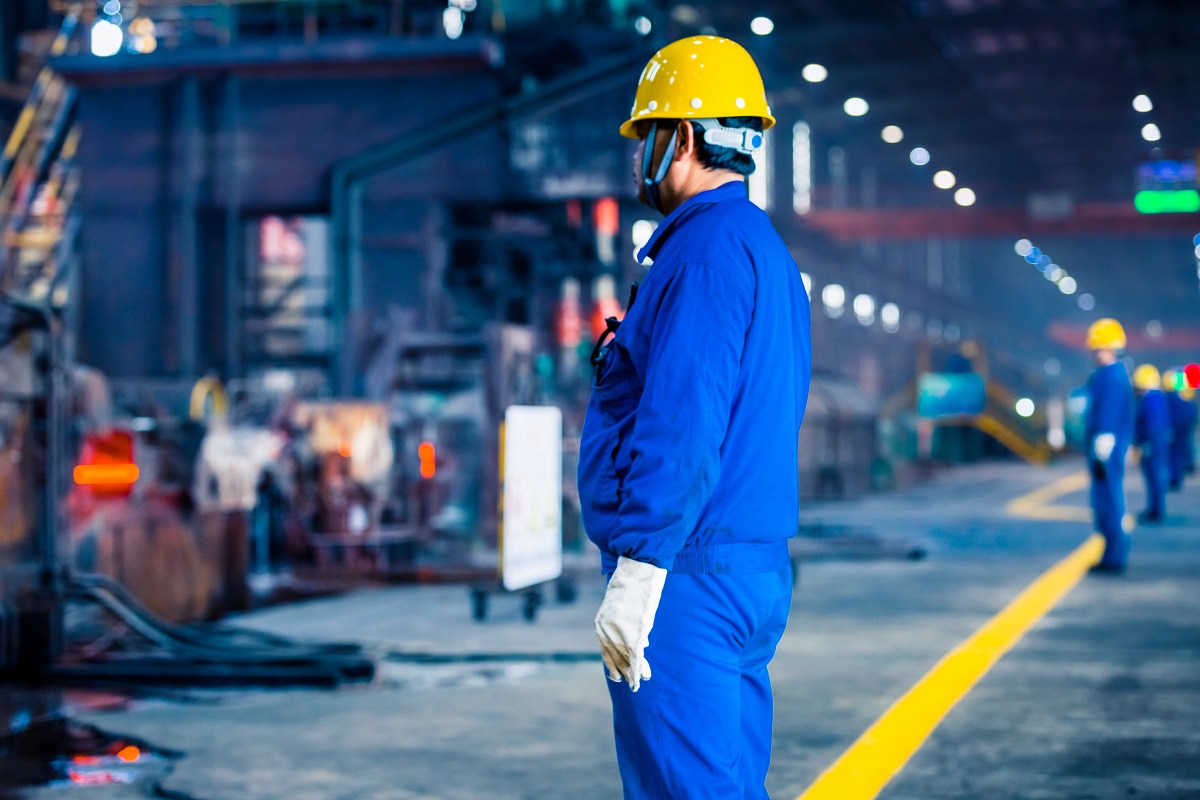What is stainless steel normalization?
- Heat treatment process
- Recovery
- Recrystallization
- Grain growth stage
- Benefits of normalization
- Reduce instances of structural irregularities
One of the most ubiquitous and most useful materials utilized by various industries is stainless steel. Some of the qualities which make it viable for construction, industrial, and food facilities, include its high resistance to corrosion, its durability, and its malleability. Useful stainless steel products include rebar, checkered plates, or welded pipes, which provide stable structuring for concrete or other materials. Various chemical processes like stainless steel normalization are applied to the material to alter or improve its pre-existing properties. The simple guide below will provide a brief overview of the changes which the material undergoes at it is normalized, as well as, the benefits resulting from this process.
Heat treatment process

The usefulness of stainless steel is something that cannot be emphasized enough. Aside from being one of the most widely-used construction materials, it has also been a common material found in everyday household items. Such items include cutlery, specifically spoons, forks, and knives. The most familiar item would perhaps be a pair of stainless steel scissors, which, by virtue of the material, can last for long periods of time due to its non-corrosiveness.
Industries have been able to manipulate stainless steel so efficiently, in various ways, like heat treatment, alloying, or cold working. These processes are undergone, so that the material may also be useful for higher-intensive manufacturing activities.
As a heat treatment process, stainless steel normalization is one of the most common. Through heat treatment, the material’s hardenability, ductility, or even flexibility can be improved, or reduced, depending on the type of usage. Generally, the aim of heat-treating stainless steel is to increase the level of the material’s ductility, while simultaneously lowering its hardness rating.
Normalization is typically applied to one such ferrous material such as stainless steel. Simply put, ferrous metals or alloys are those which contain iron, while non-ferrous alloys are those which do not contain iron. While high levels of carbon are utilized in manufacturing these alloys, stainless steel is one of the materials exempt from corrosion or rusting because of its relatively high chromium content. Through the normalization process, the graining structure of the stainless steel is altered, making them finer and therefore tougher compared to coarser-grained stainless steel, which can make for a weaker, and substandard stainless steel material.
The heat-treatment process in stainless steel begins with the application of heat in temperatures ranging from 20 degrees Celsius to 50 degrees Celsius, above the material’s highest critical point, which is defined as the temperature at which the physical or crystalline structure of the material is changed. The normalization of steel takes place in three stages, particularly, the recovery stage, the recrystallization stage, and the grain growth stage.
Recovery
This initial phase in normalization involves heating the stainless steel to raise its temperature. Through this process, the defects within the material are rearranged, relieving the stresses within it.
Recrystallization
After stainless steel undergoes the recovery phase, it will now be subjected to the recrystallization phase, which typically occurs through heating the material above its recrystallization temperature, causing the formation of stress-free grains. It is in this phase where the properties of steel, like hardness, yield strength, and tensile strength drastically change.
Grain growth stage
This step is the final step in the normalization process. In this phase, the changes applied to alter the grain structuring of the stainless steel begin to manifest themselves. This is where the new grains begin to fully develop, by subjecting the material to room temperature, as well as, air contact. Subjecting stainless steel to this final step will result in a more ductile, but less strong material. Simply put, the stainless steel’s ability to resist drastic changes to its tensile stress is increased.
Benefits of normalization

Through the process of normalization, or the application of heat to positively alter the material’s grain structure, the stainless steel’s tensile and ductile properties are manipulated. This would make them more useful in various other complex industrial processes.
Reduce instances of structural irregularities
There are many benefits for normalizing stainless steel, but perhaps the most obvious one, as what can be gathered from the process itself, is that it smoothens out the coarser-grained features of the material. Through this process, the microstructure of the stainless steel is changed, removing the impurities in the steel, and making the material more uniform. In unifying the structure of stainless steel, various other manufacturing, and industrial processes could make better use of it.
Key Takeaway
Much credit can be given to steel because of its sheer usefulness and ubiquity in a plethora of industries. It has been used in manufacturing, industrial, and even automotive industries. Just one way to manipulate the properties of the material is through stainless steel normalization, which is largely characterized by altering the grained microstructure of the metal. Resulting from this phase are more useful stainless steel products which these various industries can benefit from.
